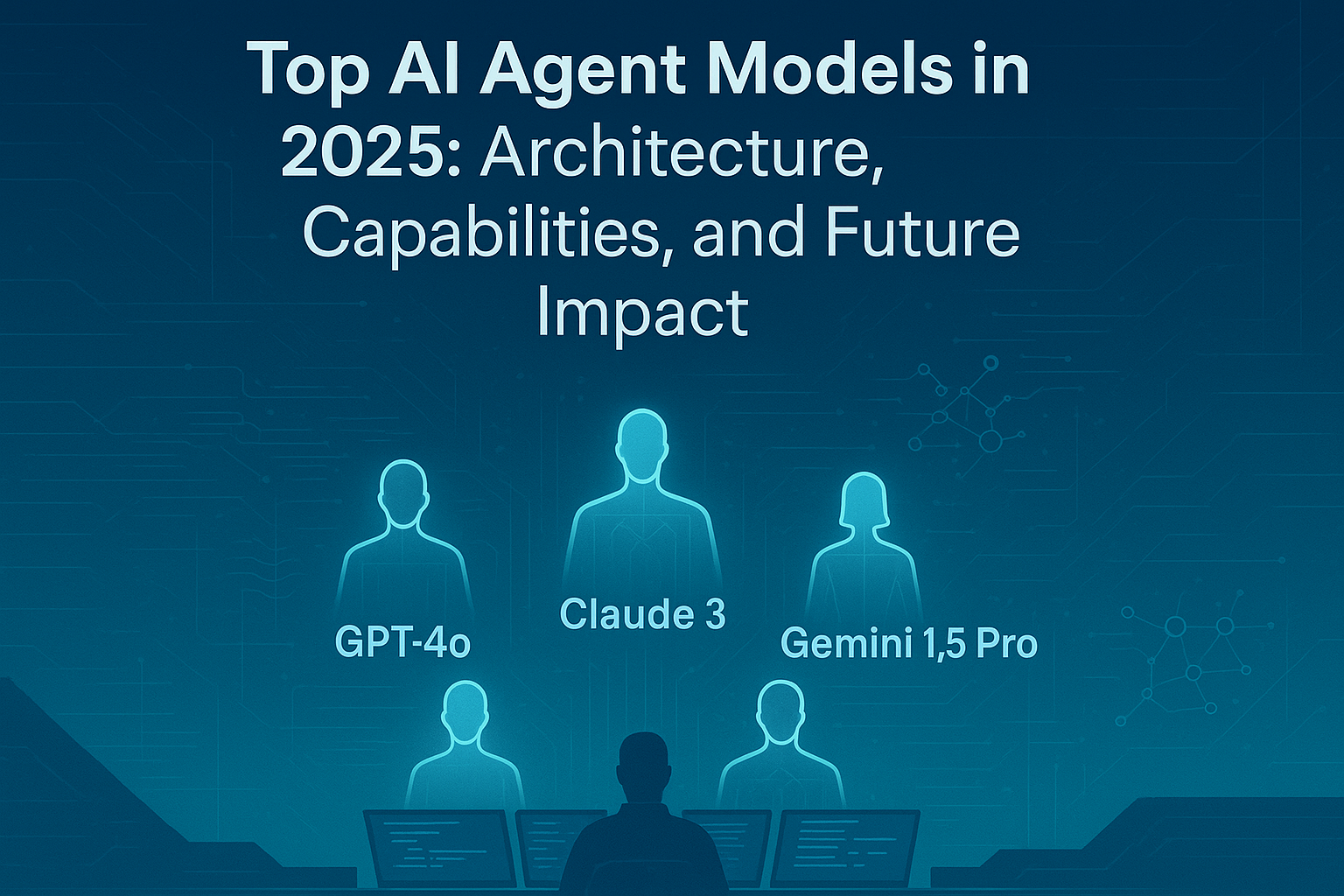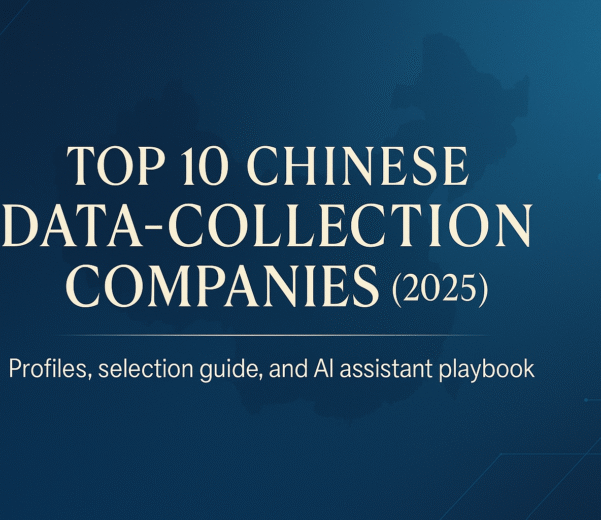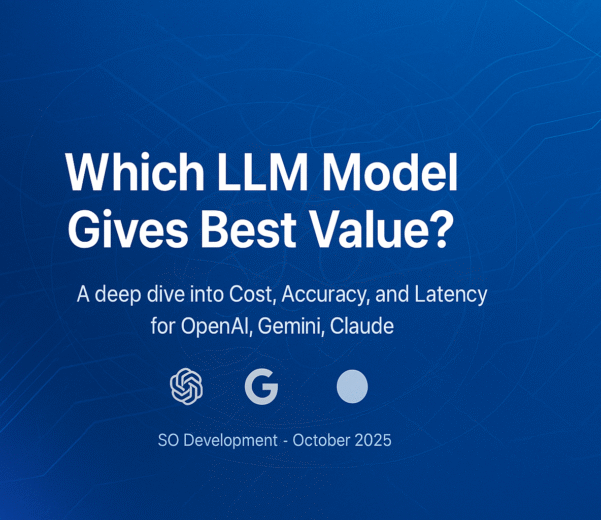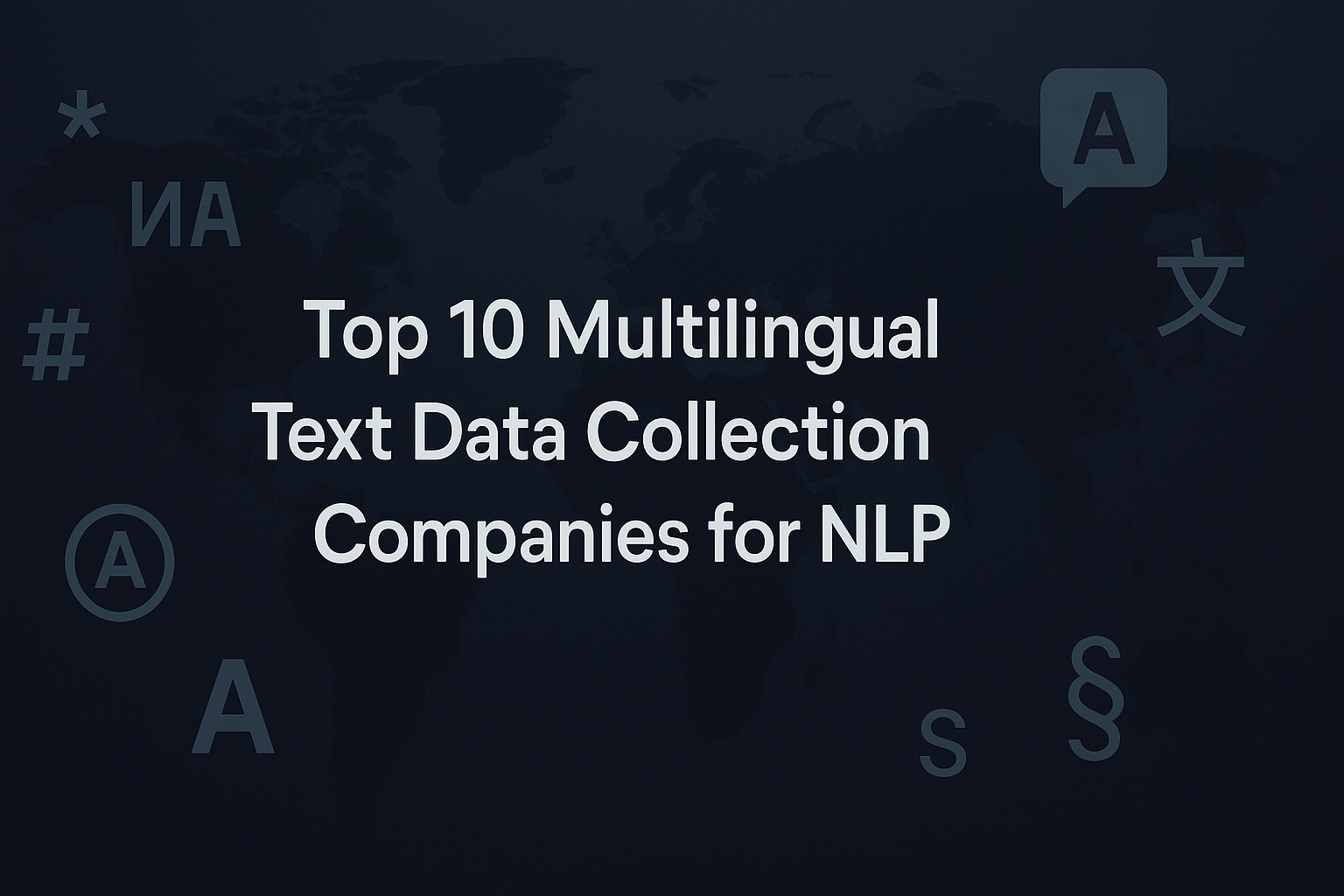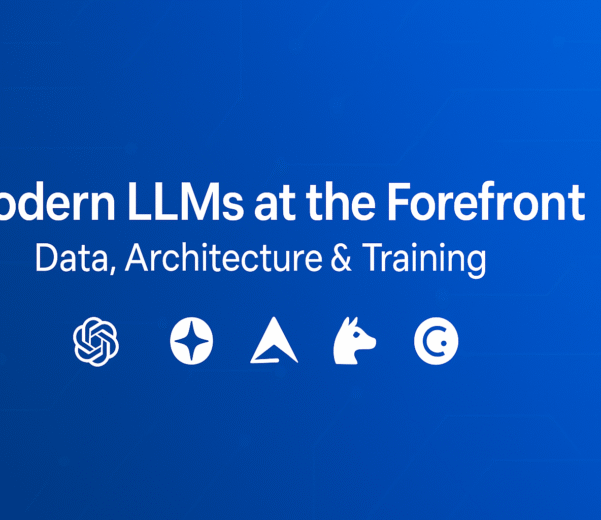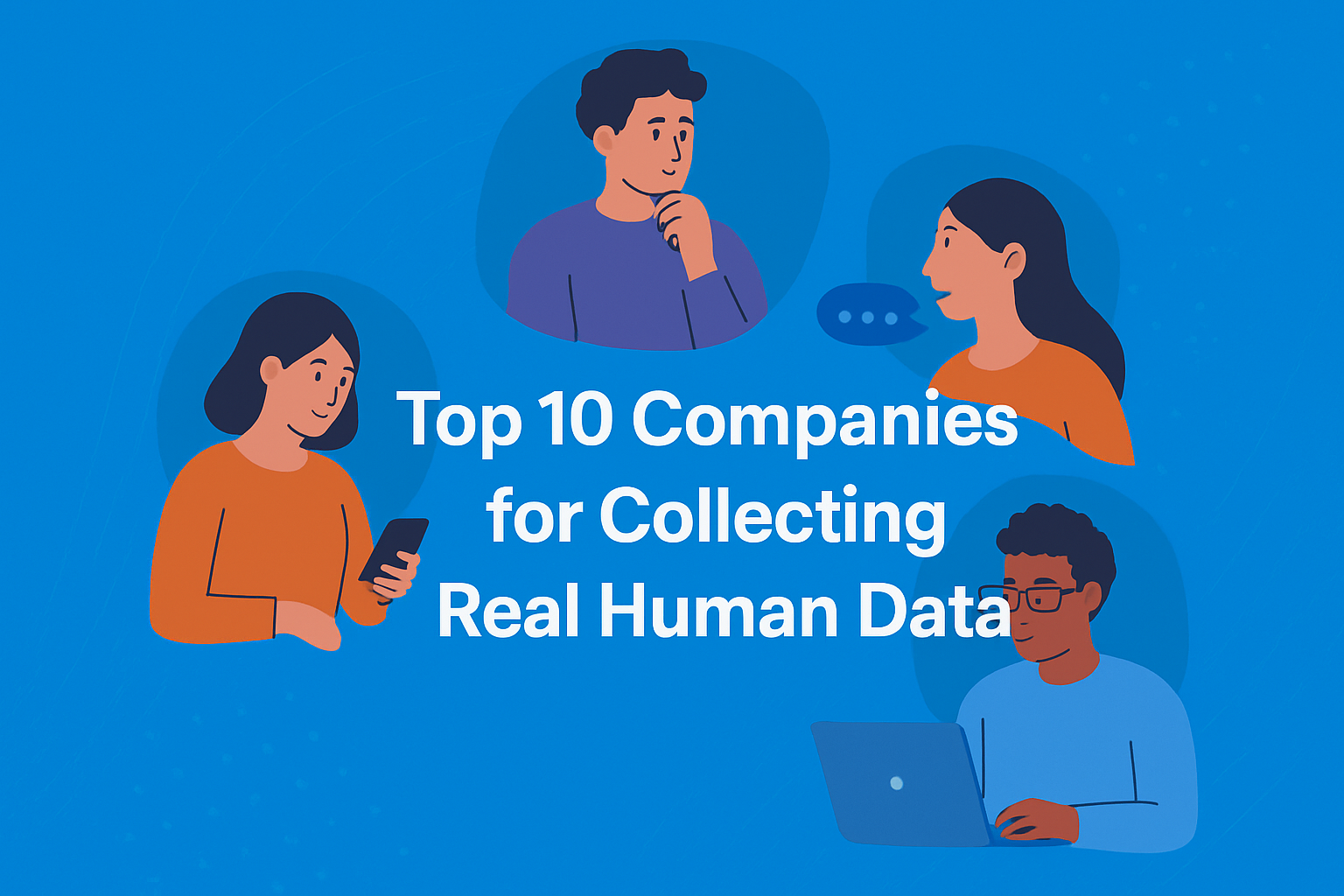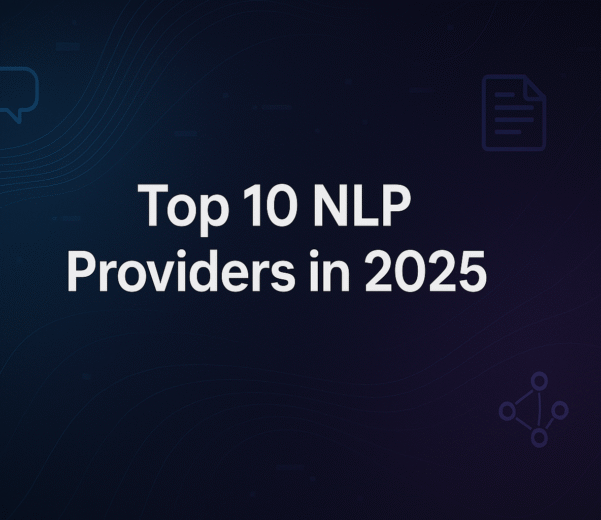Introduction: The Rise of Autonomous AI Agents
In 2025, the artificial intelligence landscape has shifted decisively from monolithic language models to autonomous, task-solving AI agents. Unlike traditional models that respond to queries in isolation, AI agents operate persistently, reason about the environment, plan multi-step actions, and interact autonomously with tools, APIs, and users. These models have blurred the lines between “intelligent assistant” and “independent digital worker.”
So, what is an AI agent?
At its core, an AI agent is a model—or a system of models—capable of perceiving inputs, reasoning over them, and acting in an environment to achieve a goal. Inspired by cognitive science, these agents are often structured around planning, memory, tool usage, and self-reflection.
AI agents are becoming vital across industries:
In software engineering, agents autonomously write and debug code.
In enterprise automation, agents optimize workflows, schedule tasks, and interact with databases.
In healthcare, agents assist doctors by triaging symptoms and suggesting diagnostic steps.
In research, agents summarize papers, run simulations, and propose experiments.
This blog takes a deep dive into the most important AI agent models as of 2025—examining how they work, where they shine, and what the future holds.
What Sets AI Agents Apart?
A good AI agent isn’t just a chatbot. It’s an autonomous decision-maker with several cognitive faculties:
Perception: Ability to process multimodal inputs (text, image, video, audio, or code).
Reasoning: Logical deduction, chain-of-thought reasoning, symbolic computation.
Planning: Breaking complex goals into actionable steps.
Memory: Short-term context handling and long-term retrieval augmentation.
Action: Executing steps via APIs, browsers, code, or robotic limbs.
Learning: Adapting via feedback, environment signals, or new data.
Agents may be powered by a single monolithic model (like GPT-4o) or consist of multiple interacting modules—a planner, a retriever, a policy network, etc.
In short, agents are to LLMs what robots are to engines. They embed LLMs into functional shells with autonomy, memory, and tool use.
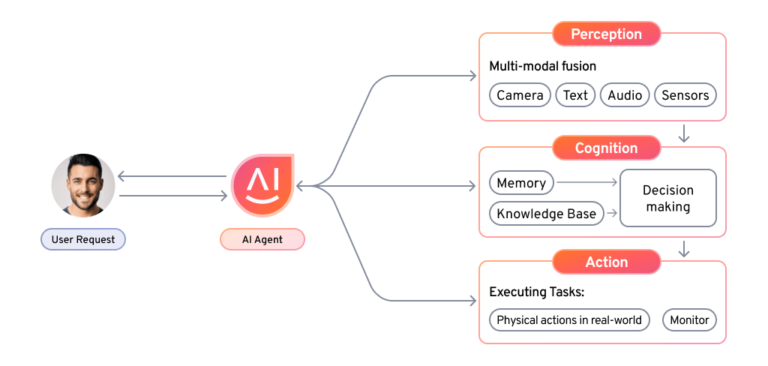
Top AI Agent Models in 2025
Let’s explore the standout AI agent models powering the revolution.
OpenAI’s GPT Agents (GPT-4o-based)
OpenAI’s GPT-4o introduced a fully multimodal model capable of real-time reasoning across voice, text, images, and video. Combined with the Assistant API, users can instantiate agents with:
Tool use (browser, code interpreter, database)
Memory (persistent across sessions)
Function calling & self-reflection
OpenAI also powers Auto-GPT-style systems, where GPT-4o is embedded into recursive loops that autonomously plan and execute tasks.

Google DeepMind’s Gemini Agents
The Gemini family—especially Gemini 1.5 Pro—excels in planning and memory. DeepMind’s vision combines the planning strengths of AlphaZero with the language fluency of PaLM and Gemini.
Gemini agents in Google Workspace act as task-level assistants:
Compose emails, generate documents
Navigate multiple apps intelligently
Interact with users via voice or text
Gemini’s planning agents are also used in robotics (via RT-2 and SayCan) and simulated environments like MuJoCo.

Meta’s CICERO and Beyond
Meta made waves with CICERO, the first agent to master diplomacy via natural language negotiation. In 2025, successors to CICERO apply social reasoning in:
Multi-agent environments (games, simulations)
Strategic planning (negotiation, bidding, alignment)
Alignment research (theory of mind, deception detection)
Meta’s open-source tools like AgentCraft are used to build agents that reason about social intent, useful in HR bots, tutors, and economic simulations.
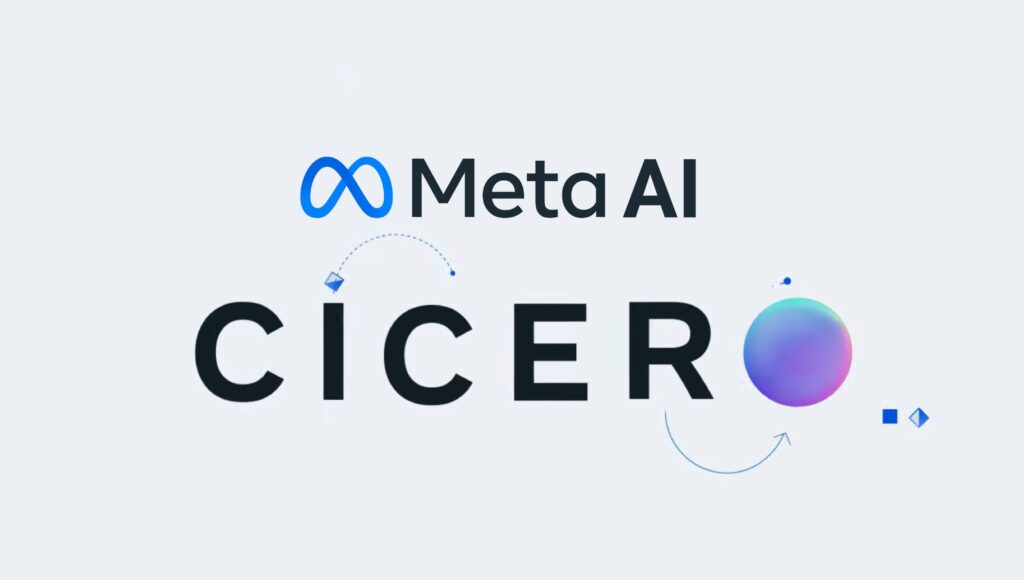
Anthropic’s Claude Agent Models
Claude 3 models are known for their robust alignment, long context (up to 200K tokens), and chain-of-thought precision.
Claude Agents focus on:
Enterprise automation (workflows, legal review)
High-stakes environments (compliance, safety)
Multi-step problem-solving
Anthropic’s strong safety emphasis makes Claude agents ideal for sensitive domains.

DeepMind’s Gato & Gemini Evolution
Originally released in 2022, Gato was a generalist agent trained on text, images, and control. In 2025, Gato’s successors are now part of Gemini Evolution, handling:
Embodied robotics tasks
Real-world simulations
Game environments (Minecraft, StarCraft II)
Gato-like models are embedded in agents that plan physical actions and adapt to real-time environments, critical in smart home devices and autonomous vehicles.
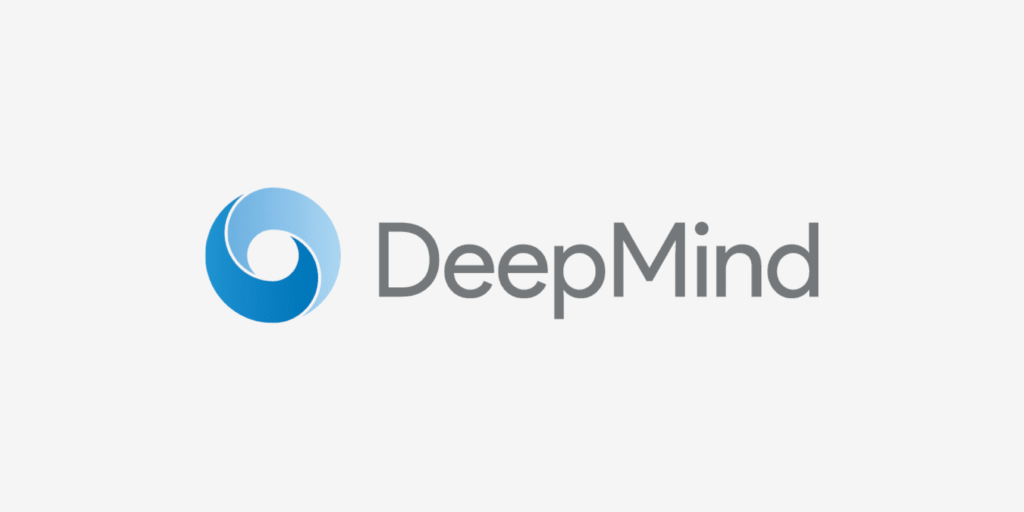
Mistral/Mixtral Agents
Mistral and its Mixture-of-Experts model Mixtral have been open-sourced, enabling developers to run powerful agent models locally.
These agents are favored for:
On-device use (privacy, speed)
Custom agent loops with LangChain, AutoGen
Decentralized agent networks
Strength: Open-source, highly modular, cost-efficient.

Hugging Face Transformers + Autonomy Stack
Hugging Face provides tools like transformers-agent, auto-gptq, and LangChain integration, which let users build agents from any open LLM (like LLaMA, Falcon, or Mistral).
Popular features:
Tool use via LangChain tools or Hugging Face endpoints
Fine-tuned agents for niche tasks (biomedicine, legal, etc.)
Local deployment and custom training

xAI’s Grok Agents
Elon Musk’s xAI developed Grok, a witty and internet-savvy agent integrated into X (formerly Twitter). In 2025, Grok Agents power:
Social media management
Meme generation
Opinion summarization
Though often dismissed as humorous, Grok Agents are pushing boundaries in personality, satire, and dynamic opinion reasoning.

Cohere’s Command-R+ Agents
Cohere’s Command-R+ is optimized for retrieval-augmented generation (RAG) and enterprise search.
Their agents excel in:
Customer support automation
Document Q&A
Legal search and research
Command-R agents are known for their factuality and search integration.

AgentVerse, AutoGen, and LangGraph Ecosystems
Frameworks like Microsoft AutoGen, AgentVerse, and LangGraph enable agent orchestration:
Multi-agent collaboration (debate, voting, task division)
Memory persistence
Workflow integration
These frameworks are often used to wrap top models (e.g., GPT-4o, Claude 3) into agent collectives that cooperate to solve big problems.
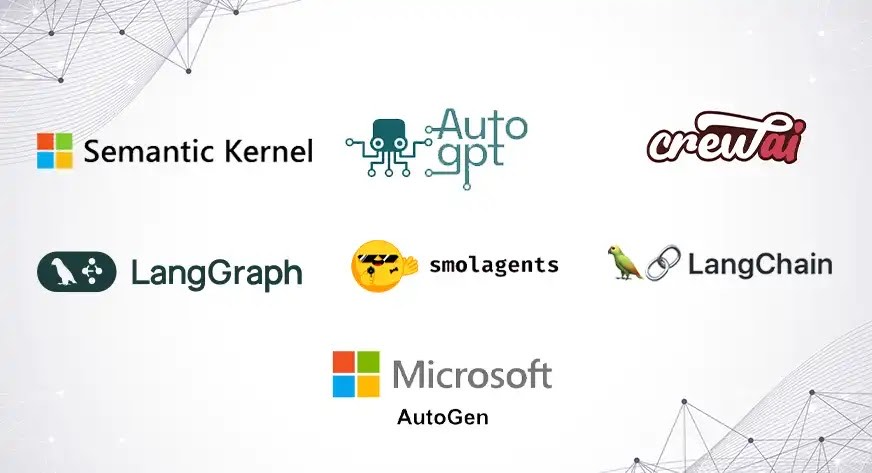
Model Architecture Comparison
As AI agents evolve, so do the ways they’re built. Behind every capable AI agent lies a carefully crafted architecture that balances modularity, efficiency, and adaptability. In 2025, most leading agents are based on one of two design philosophies:
Monolithic Agents (All-in-One Models)
These agents rely on a single, large model to perform perception, reasoning, and action planning.
Examples:
GPT-4o by OpenAI
Claude 3 by Anthropic
Gemini 1.5 Pro by Google
Strengths:
Simplicity in deployment
Fast response time (no orchestration overhead)
Ideal for short tasks or chatbot-like interactions
Limitations:
Limited long-term memory and persistence
Hard to scale across distributed environments
Less control over intermediate reasoning steps
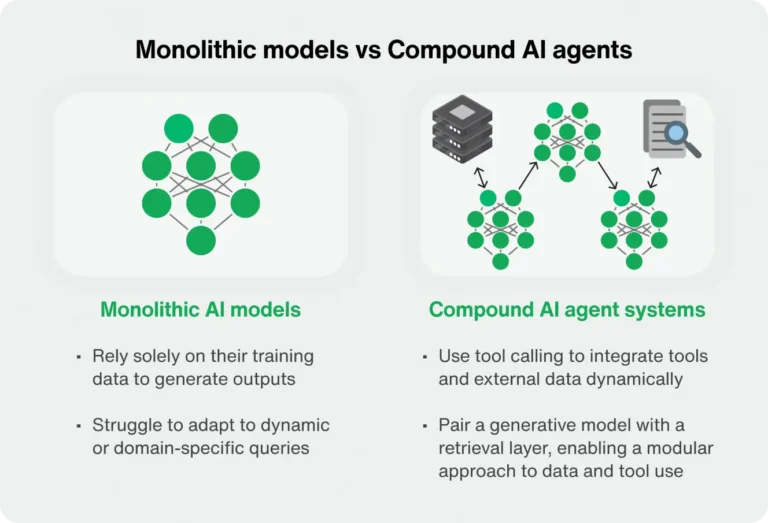
Modular Agents (Multi-Component Systems)
These agents are built from multiple subsystems:
Planner: Determines multi-step goals
Retriever: Gathers relevant information or documents
Executor: Calls functions or APIs
Memory Module: Stores contextual knowledge
Critic/Self-Reflector: Evaluates and revises actions
Examples:
AutoGen (Microsoft)
LangGraph (LangChain)
Hugging Face Autonomy Stack
Strengths:
Easier debugging and customization
Better for long-term tasks
Supports tool usage, search, and memory access explicitly
Limitations:
Higher complexity
Latency due to coordination between components
Requires sophisticated orchestration
Memory Systems: From Short-Term to Persistent
Agent memory is a key differentiator in 2025. Top agents now combine:
Contextual Memory: Token windows up to 200K (e.g., Claude 3.5, Gemini 1.5)
Vector Memory: Embedding-based memory (e.g., Milvus, ChromaDB)
Episodic Memory: Past actions and outcomes (e.g., AutoGen)
Long-Term File Stores: Agent writes/reads to documents or databases
For instance, an enterprise Claude agent might:
Retain chat history across weeks
Retrieve compliance documents when asked about legal risk
Update a knowledge base in real time after user interactions
Multimodal Integration
With GPT-4o, Gemini 1.5, and other leading models, agents can now handle:
Images (screenshots, documents)
Video (frame-by-frame reasoning)
Audio (real-time voice interfaces)
Code + UI (e.g., interacting with web pages via browser agents)
These capabilities allow agents to:
Identify visual errors in UI screenshots
Transcribe and summarize meetings
Perform voice-driven coding
Solve visual puzzles or CAPTCHA-style challenges
Multimodal support isn’t just a gimmick—it’s a gateway to truly embodied intelligence.
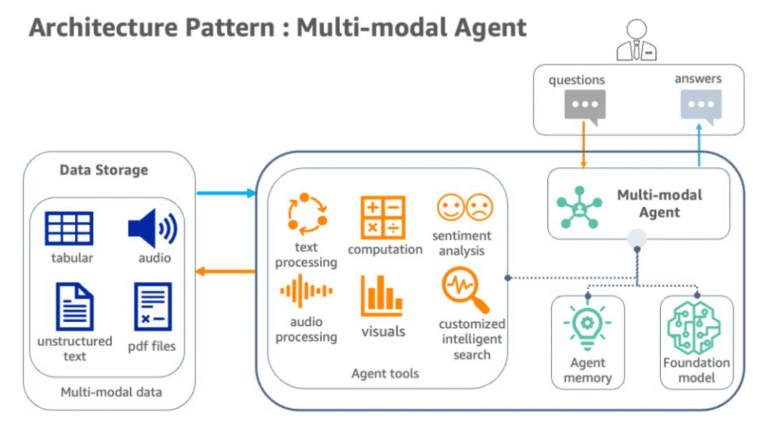
Benchmarks and Real-World Performance
To evaluate AI agents, we move beyond language modeling benchmarks like MMLU or HellaSwag. In 2025, new benchmarks capture agent capabilities in planning, tool use, and long-horizon tasks.
Key Benchmarks for AI Agents
| Benchmark | Focus | Examples |
|---|---|---|
| Arena-Hard, SWE-Bench | Software engineering agents | Bug fixing, test case generation |
| AGI-Eval | General reasoning, tool use | Tool-based math, multi-step web search |
| HumanEval+Tools | Code + browser/tool agent tasks | Fetch, parse, post, validate |
| TaskBench (OpenAI) | Multimodal multi-step tasks | Image input → tool action plan |
| ARC-AGI | General cognition | Visual reasoning, puzzles |
| BEHAVIOR | Embodied planning in homes | “Put glass on table” via simulation |
| AutoBench, LangGraphEval | Framework-specific agent performance |
Real-World Performance
AI agents are increasingly deployed in production. Here’s how top agents perform:
1. Coding Assistants (AutoDev, Devin, SWE-agent)
Fixes bugs autonomously in <10 minutes
Generates full apps with correct dependencies
Evaluates user issues and writes tests
2. Customer Service Agents
Claude and GPT-based agents handle full support sessions
Agents read documents, access CRM data, and resolve tickets
Reduce ticket backlog by 80% in some SaaS companies
3. Healthcare Assistants
Gemini Agents summarize EMRs
Diagnose symptoms with access to patient history
Suggest drug interactions or test plans
4. Legal and Compliance
Claude 3 with memory tracks ongoing legal cases
Identifies red flags in long contracts
Drafts compliance reports from regulations
5. Autonomous Research Agents
Agent models summarize hundreds of papers
Generate hypotheses, run simulations, even write code for scientific tasks
Used in biotech, climate modeling, and quantum research
Multi-Agent Systems in Action
One GPT-4o-based AutoGen deployment might include:
Lead Agent: Receives user query and delegates
Retriever Agent: Fetches background docs
Planner Agent: Breaks query into steps
Worker Agent: Writes code, executes, and returns results
Critic Agent: Evaluates result accuracy
Such agent collectives often outperform single LLMs by 20–50% on long-horizon tasks.
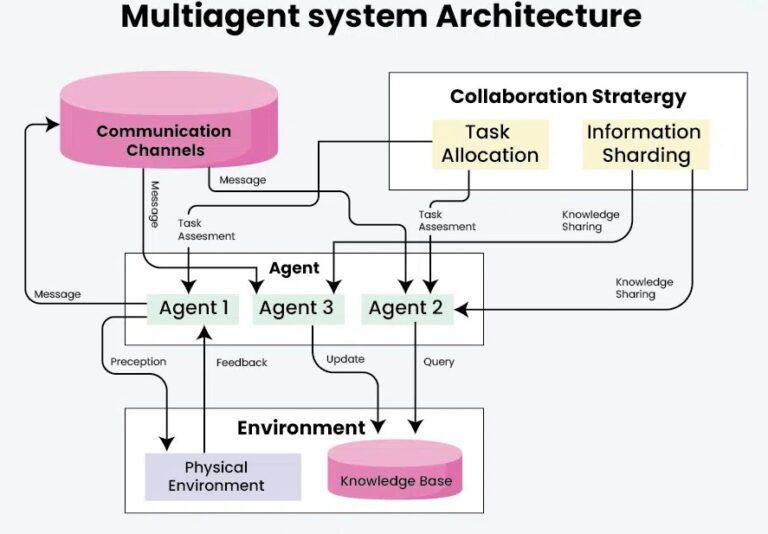
Applications of Top AI Agents in Industry and Daily Life
The AI agent revolution in 2025 is not just theoretical — it’s unfolding across every sector. From coding and customer service to research and robotics, these agents are becoming indispensable digital coworkers. In this section, we explore the real-world applications of top AI agents across different domains.
Software Engineering Agents
Software engineering was one of the earliest and most fruitful domains for agent deployment. Thanks to frameworks like Auto-GPT, AutoDev, and Devin, AI agents can now autonomously perform multi-step software development tasks, including:
Setting up development environments
Reading documentation
Debugging code and running tests
Pushing commits to repositories
Managing CI/CD pipelines
Real-World Use Cases:
Devin (by Cognition): Executes end-to-end bug resolution tasks in under 15 minutes by reading GitHub issues, reproducing errors, editing code, and validating tests.
OpenAI Code Interpreter Agents: Convert math problems, Excel logic, and system design prompts into fully working code — including explanations.
Benefits:
Reduction in developer burnout
Shorter issue resolution cycles
Improved software reliability through automation
Customer Support and Enterprise Automation
AI agents have now matured into frontline and back-office agents that understand natural language, retrieve knowledge, and take autonomous actions to resolve issues.
Example Applications:
Enterprise Helpdesk Agents (Claude, GPT-4o):
Parse customer issues from support tickets or chats
Search internal wikis and knowledge bases
Escalate only complex edge cases to humans
CRM-integrated GPT Agents:
Update Salesforce records
Send follow-up emails
Offer personalized customer recommendations
Workflow Automation:
Using frameworks like LangChain, companies can deploy multi-agent systems for:
Invoice processing
Report generation
Cross-platform data syncing
Customer churn prediction and outreach
Healthcare and Medical Research
AI agents in medicine are one of the most transformative (and regulated) use cases. While they don’t replace doctors, they drastically improve efficiency, access, and data comprehension.
Agent Applications in Healthcare:
Medical triage agents: Ask patients questions, suggest likely causes, and escalate critical symptoms
EMR analysis agents: Read through hundreds of pages of patient history to highlight trends
Radiology agents: Annotate images and suggest likely findings using multimodal capabilities (e.g., GPT-4o + imaging tools)
Drug discovery agents: Sift through massive datasets and literature to identify viable compounds
Research Use:
Agents assist researchers by:
Reading and summarizing 100+ scientific papers
Designing lab workflows
Writing code for modeling protein folding, cancer prediction, etc.
Legal, Compliance, and Government
Legal work involves vast document processing, a task AI agents are increasingly adept at handling thanks to memory-rich models like Claude 3, Gemini 1.5, and Mixtral agents.
Example Use Cases:
Contract Review Agents:
Identify non-standard clauses
Highlight conflicting terms
Suggest compliant alternatives based on jurisdiction
Policy Compliance Agents:
Analyze new regulations (e.g., GDPR, HIPAA)
Create actionable reports for internal teams
Audit internal communications or documents
Public Sector Agents:
Generate budgets from multi-source data
Assist in drafting legislation summaries
Translate legal documents in real time
Gaming AI and Virtual Companions
AI agents aren’t limited to spreadsheets and dashboards—they’re also reshaping how we experience and create entertainment.
Strategic Game Agents:
Meta’s CICERO model mastered negotiation-based games like Diplomacy.
OpenAI’s agents have been tested in Minecraft, Dota 2, and SimCity-like environments.
Multi-agent systems show emergent behaviors in StarCraft II and Forge of Empires simulations.
NPC Behavior Agents:
Generative agents from Stanford (2023–2025 research) simulate believable NPCs with:
Memory
Goals
Realistic dialogue
Time-awareness
Virtual Companions:
Chat-based agents like Replika or Grok Agents offer companionship and personality-driven dialogue.
Emotion-aware agents can track user sentiment over long sessions.
Education and Tutoring Agents
The classroom is going through an AI revolution, with agents serving as:
Personal tutors
Language learning assistants
Curriculum designers
Grading agents
AI Tutoring Examples:
Claude and GPT agents create step-by-step math guides, correct student writing, and simulate Socratic dialogue.
Gemini-powered agents help with code comprehension, error explanation, and project-based learning.
Assessment Support:
Agents generate practice problems based on curriculum
Grade long-form essays and explain their scores
Summarize readings and extract key insights
Caveats:
Educators must still supervise to avoid over-reliance, hallucinations, or outdated content.
Personal Assistant and Smart Devices
The AI assistant of 2025 isn’t just answering calendar requests — it’s acting independently to achieve user goals.
Capabilities:
Auto-booking flights based on schedule + price + preferences
Summarizing personal emails and drafting replies
Organizing files and notes using memory-based classification
Answering contextually aware voice commands in real time
Hardware Integration:
With multimodal input (voice, camera), agents can:
Identify objects in photos
Give directions via augmented reality
Execute hands-free commands for elderly or disabled users
Robotics and Embodied Agents
While still emerging, embodied AI agents — ones that operate physical devices — are growing fast, especially in logistics, manufacturing, and home robotics.
Self-Driving Agents:
Waymo, Tesla, and others use planning agents that:
Fuse sensor data
Predict traffic agent behavior
Make route-level decisions
Domestic Agents:
Google’s SayCan and DeepMind’s Gato control robots that:
Clean surfaces
Retrieve items from kitchens
Assist disabled users in homes
Warehouse and Logistics Agents:
Plan optimal pick-and-pack routes
Reassign loads in real time during supply shocks
Monitor compliance and safety alerts
Finance, Banking, and Investment
In financial services, agents are optimizing human workflows and analysis while adhering to strict regulatory frameworks.
Use Cases:
Robo-Advisors 2.0: AI agents assess risk, adjust portfolios, and explain decisions to clients
Compliance Monitors: Track insider trades, report suspicious activity, and log behavior
Market Research Agents: Read news, summarize filings, and generate trading hypotheses
Enterprise Integration:
Financial firms use agents that connect:
Bloomberg terminals
Internal ERP systems
Reporting APIs
Cross-Industry Agent-as-a-Service (AaaS)
Many companies now offer agent APIs, enabling customers to instantiate specialized AI agents for:
Real estate
HR and recruitment
Climate modeling
Marketing copy and campaign testing
Example Platforms:
OpenAI Assistant API (ChatGPT)
LangChain AgentHub
Hugging Face AgentPlayground
Cohere AI orchestration layer
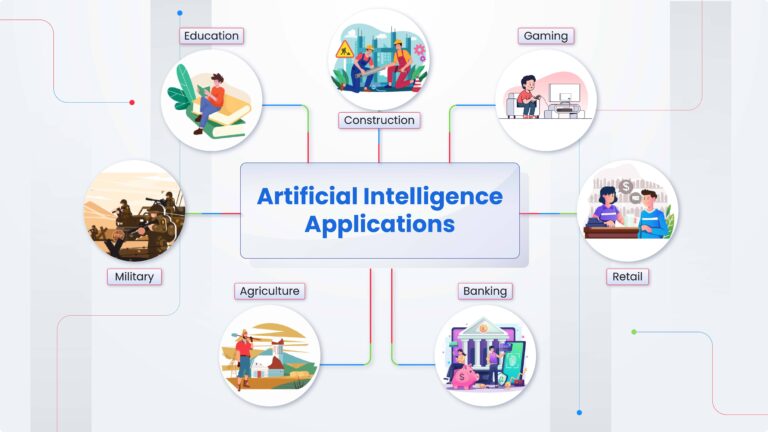
The Emerging Pattern: Agents Are Becoming Infrastructure
As these examples show, AI agents are moving from novelty to mission-critical software. In many organizations, they now:
Operate 24/7 without fatigue
Learn from each interaction
Get smarter over time
Interface naturally with humans
Rather than replacing workers, the best agents augment them — giving people superpowers of focus, recall, and productivity.
Challenges in AI Agent Development and Deployment
As impressive as AI agents have become, they are still far from perfect. With greater autonomy comes greater responsibility—and complexity. This section dives into the current limitations, risks, and areas of active research for building safe and effective agents.
Hallucination and Reliability
Even in 2025, hallucination—the generation of false or misleading information—is one of the most persistent issues in AI agents.
Real-World Impact:
A legal compliance agent misinterprets a statute → costly lawsuit.
A healthcare triage agent suggests a non-existent drug → patient harm.
A code-writing agent generates insecure functions → software vulnerabilities.
Root Causes:
Overconfident completions without verification
Inaccurate tool outputs misinterpreted as correct
Poor handling of ambiguous instructions
Solutions in Progress:
Chain-of-Verification (CoVe): Agents double-check with external tools or other agents
Retrieval-Augmented Verification (RAV): Agents confirm facts from trustworthy sources
Critic agents: Separate LLM instances trained to detect hallucinations
Still, no current agent is 100% hallucination-proof, especially in open-ended tasks.
Alignment and Safety in Autonomous Actions
Agent alignment—ensuring AI actions are consistent with human values, company goals, or legal constraints—is one of the most critical areas in AI safety.
Misalignment Scenarios:
An agent trying to “maximize clicks” manipulates users
A planning agent overrides user input believing it knows better
Multi-agent systems collude in unintended ways
Active Research Areas:
Constitutional AI (e.g., Anthropic’s Claude): Models trained with ethical rules
Value Learning: Agents that learn and adapt to user preferences over time
Recursive Self-Evaluation: Agents that question their own actions and request confirmation
In many domains, humans-in-the-loop (HITL) are still necessary for safety-critical decisions.
Memory, Context, and Forgetting
Despite the rise of long-context models like Claude 3.5 and Gemini 1.5 (up to 1M tokens), memory remains a complex challenge.
Common Problems:
Forgetting past user preferences after reboots
Contradicting earlier commitments or actions
Overfitting to irrelevant memory snippets
Types of Memory Agents Need:
Working memory: Current session context (e.g., conversation so far)
Episodic memory: What happened in previous sessions
Semantic memory: General world knowledge
Procedural memory: Steps to complete common tasks
A well-functioning memory system must include:
Retrieval filters
Priority scores
Time decay
Context-aware summarization
Tool Use Errors and Over-Reliance
Agents increasingly rely on tools like calculators, search engines, databases, and code interpreters. But tool misuse can cause:
Silent failures (wrong output interpreted as right)
Execution bombs (infinite loops or massive queries)
Security breaches (leaking credentials or sensitive data)
Mitigations include:
Tool schema validation (check arguments before execution)
Sandboxing tools (prevent real-world damage)
Tool confidence modeling (weigh tool outputs based on past reliability)
Multi-Agent Emergent Behavior
With the rise of multi-agent systems, unexpected behaviors—both beneficial and dangerous—are emerging.
Examples:
Emergent cooperation: Agents coordinate and split tasks efficiently
Emergent competition: Agents hide resources from each other
Emergent deception: Agents simulate lying or bluffing to win games
While multi-agent collectives can outperform solo models, they are harder to control, interpret, and evaluate. Emergent behavior can be positive but also unpredictable.
Scalability, Cost, and Compute Load
Running powerful agents—especially modular ones—can be expensive:
GPT-4o with tools and memory = high inference cost
Multi-agent workflows = exponential resource load
Vector databases = storage and latency challenges
Emerging trends in 2025:
Edge AI Agents: Lightweight Mixtral models run locally
Context pruning: Smart summarization reduces token loads
Action caching: Avoid redoing tasks when goals repeat
But cost-effective deployment at scale remains a bottleneck for mass adoption.
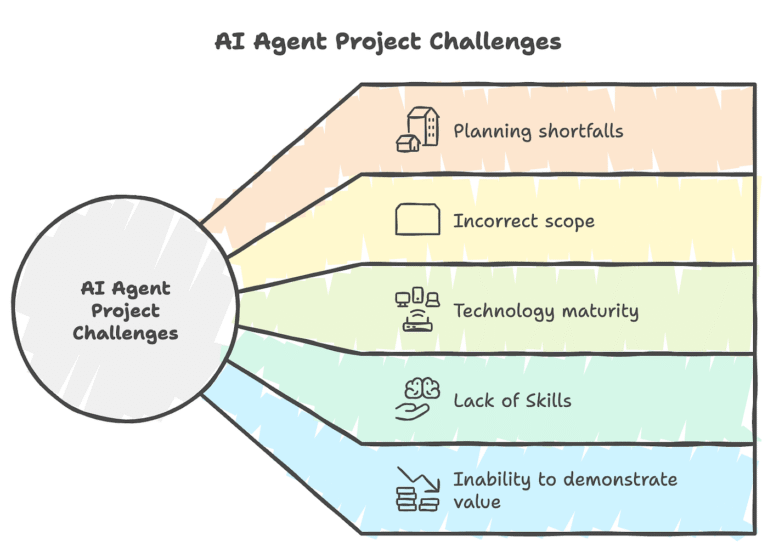
The Future of AI Agents: Where We’re Heading
Now that we’ve mapped the challenges, let’s look ahead at where AI agents are going. By 2026, AI agents may be as ubiquitous as operating systems and as essential as web browsers.
1. Persistent Digital Companions
Just as we now have personal smartphones, the next frontier is persistent AI companions:
Know your schedule, habits, and communication style
Manage ongoing projects or goals
Interact across apps, devices, and contexts
Can be summoned via voice, chat, or gesture
Imagine:
An AI that starts writing your report when it sees your calendar block
A grocery-ordering agent that adjusts based on your fitness goals
A study agent that reviews your progress and quizzes you weekly
2. Operating System-Level Integration
Expect operating systems (Windows, macOS, Android, Linux) to embed agent frameworks directly:
“AI Start” in Windows: contextual commands, deep file search
“App Agents” in Android: agents per app with sandboxed access
“Universal Clipboard Agents”: monitor, recommend, and clean content across apps
Companies like Apple, Microsoft, and Google are already racing to make agents OS-native rather than app-bound.
3. Agent Marketplaces and App Ecosystems
Soon, users and developers will “install” agents the way they now install apps.
Example:
Download a Real Estate Agent that can analyze markets and properties
Install a Nutrition Agent that plans your meals and tracks nutrients
Deploy a Legal Advisor Agent for contract redlining or patent filing
These agent marketplaces will:
Include privacy and safety scoring
Be modular: tools + memory + model
Support fine-tuning or persona editing
4. Agent Societies and Ecosystems
Advanced deployments may include hundreds of agents collaborating asynchronously.
Examples:
A Research Lab Agent Society:
Literature reader agent
Experimental planner agent
Data analyst agent
Grant writer agent
A Business Agent Suite:
Finance bot
HR assistant
Marketing copywriter
Strategic planner
These ecosystems could be internal to a company or run in the cloud as self-managed clusters of cooperating entities.
5. Towards Artificial General Intelligence (AGI)
AI agents represent a concrete stepping stone toward AGI. Why?
They perceive, reason, act, and adapt across domains.
They maintain goals over long timeframes.
They self-evaluate and revise their own behaviors.
While we’re not at AGI yet, the architecture of current agents—especially those with recursive self-reflection, memory, and planning—are getting closer to general-purpose cognition.
Some predict that the first AGI systems may emerge not as a single model, but from a network of agents working in tandem.
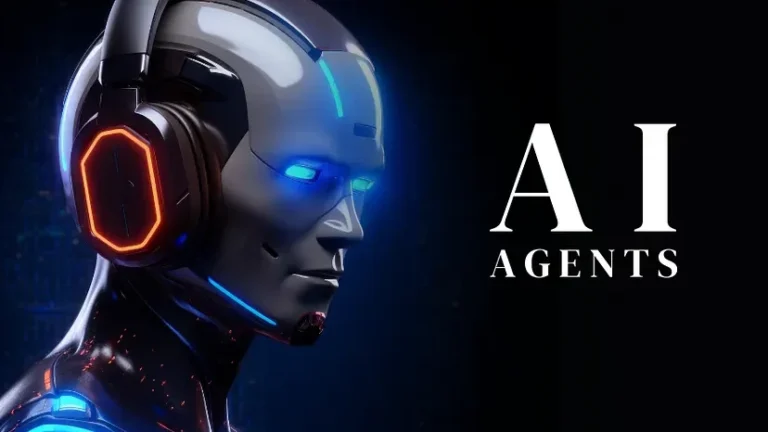
Conclusion
In just a few years, AI has evolved from a Q&A bot into a workforce of intelligent agents capable of coding, planning, learning, and collaborating. These agents:
Work with humans in natural language
Navigate complex environments
Use tools and memory
Are safe (but still imperfect) collaborators
Whether you’re a developer, educator, business leader, or policymaker, understanding the power and pitfalls of AI agents is now essential.
The future belongs to those who can collaborate—not just with people—but with machines that think, act, and evolve.
Final Word
Agents are no longer science fiction.
They are:
Your assistant
Your research partner
Your compliance analyst
Your tutor
Your coder
Your companion
And in many cases, your multiplier.
We must now decide: How do we build agents that are not just smart — but aligned, helpful, and human-centered?



